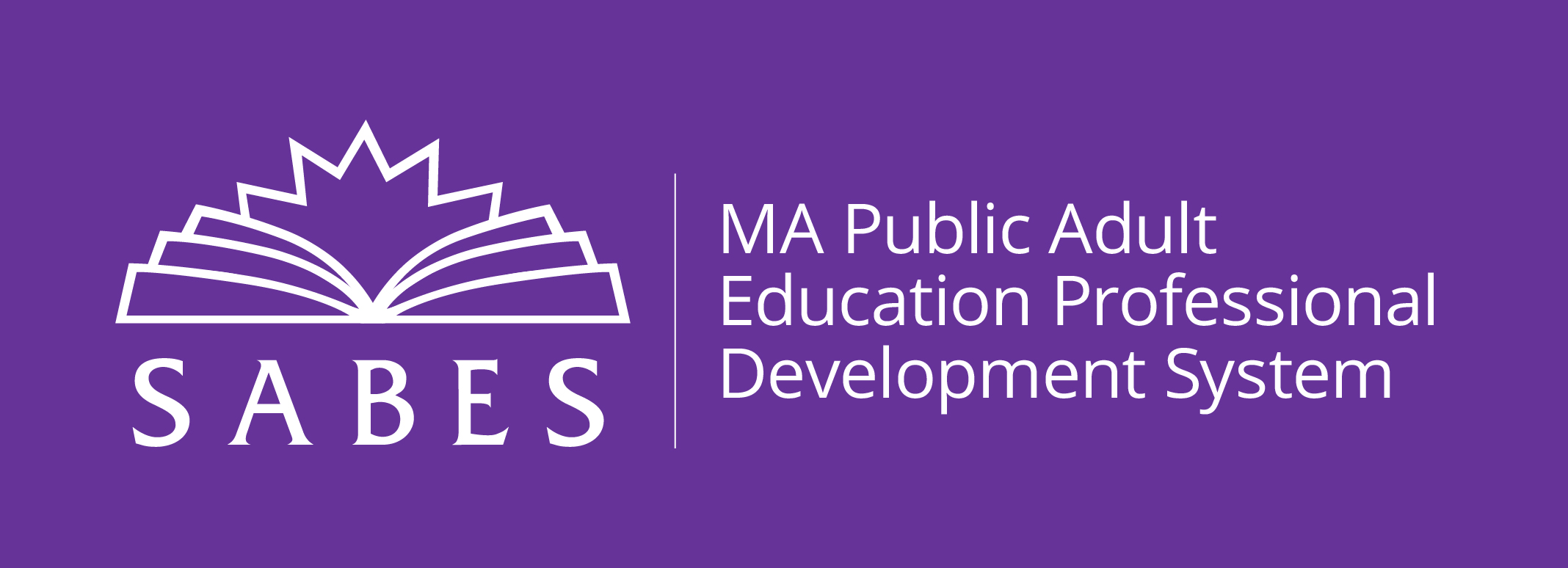
Without a doubt, the transition from in-person to remote work has had an impact on all of us. Some Massachusetts adult education programs have found creative ways to promote greater access to technology and improved inclusion of students into the current reality by engaging volunteers.
During the early days of the transition to remote teaching, as well as more recently in the fall, the SABES Program Support PD Center sponsored Volunteer Coordinator events where ideas about how to most effectively use volunteers in times of the pandemic were shared. Strategies fell into two broad categories: volunteers in instructional settings and volunteers in non-instructional roles. Topics included recruiting and using volunteers to help with technology, helping in classes where differentiation was needed, volunteers working in non-traditional ways to support programs, and volunteers helping volunteers with working remotely. All of these topics help to create more inclusion, increased capacity, and better outreach to students who have specific needs. Many of these ideas, summarized below, are the same or similar to volunteers working in-person.
Volunteers Working in Instructional Settings
- Technology trainers help students and other volunteers get up to speed on using appropriate technology, either through structured training or as a “buddy system.”
- Classroom assistant volunteers help with breakout rooms. Variations include: volunteers working with randomized groups of student or specific-level students using the same materials as the teacher and volunteers working with a single student or group of students during class time on specific tasks, using materials different than the rest of the class to help with differentiation.
- Tutors help students with specific needs (driver’s permit, HiSet prep, citizenship prep).
Volunteers in Non-Instructional Roles
Some programs found that their volunteers were not interested in tutoring remotely, or that the program had specific needs and had volunteers who were willing to fill new roles. Some ways that programs have kept volunteers engaged:
- Administrative support (photocopying materials to deliver or mail to students); dropping off materials to students
- Outreach and recruitment of students
- Checking in on students who have stopped out of classes
- Translation support for students, if needed
- Assistance with fundraising, data entry, materials development, and photographs for promotional and teaching materials
Strategies for Supporting Volunteers Working Remotely
As with all staff, volunteers need support when working in-person and remotely. Some strategies that programs shared include:
- Provide a lot of support initially to volunteers so they are comfortable going into their roles.
- Introduce a “buddy system,” e.g., let tutors “practice” teaching online with each other before they start working with students.
- Introduce one technology at a time; volunteers do not need to know all the technologies that teachers are using with students; choose one technology that volunteers and students are most comfortable with.
- Check in regularly with volunteers to make sure everything is going well.
- Create initial lessons for one-on-one tutors to use with students so they aren’t overwhelmed by both content and technology.
- Create a database of potential online activities and lessons, gathered from other tutors in the program (a volunteer could create this database).
- Provide on-going support to tutors through blogs, newsletters, Facebook groups, email check-ins, or another method that works for both the program and the volunteers.
- If a tutor is not comfortable with technology and does not want to try, then try to find them a different role within the organization. Additionally, a tutor can call a student to talk and practice conversation (in ESOL) rather than having to use video. The goal is to find something that involves minimal tech but still benefits students and volunteers alike.


